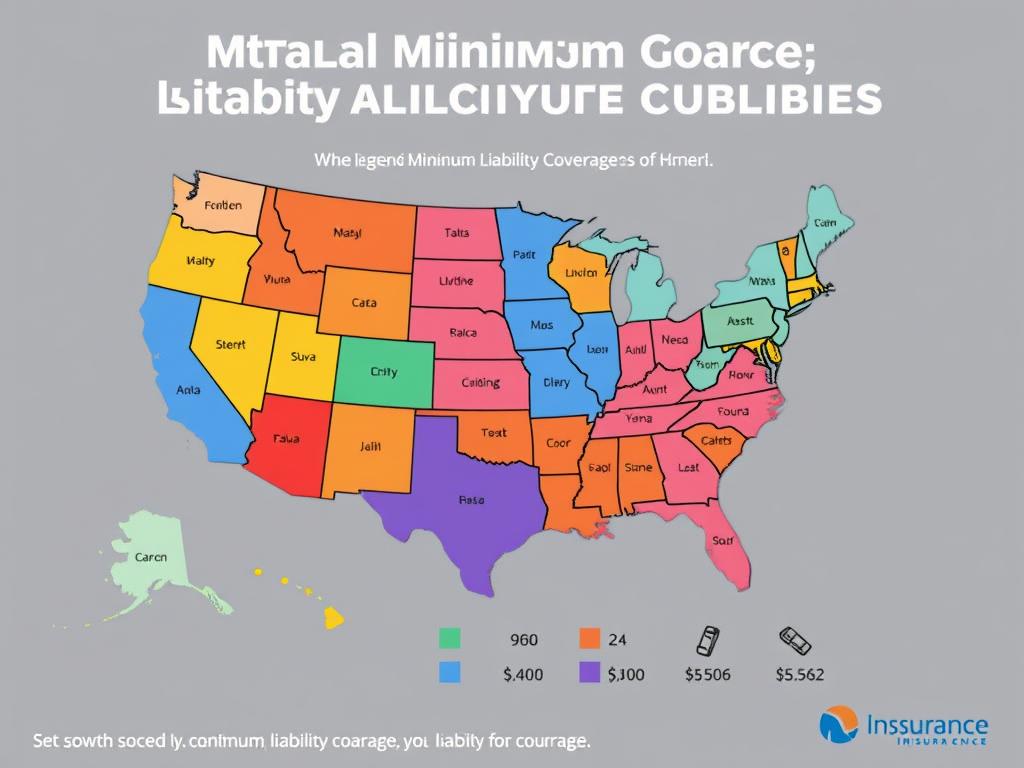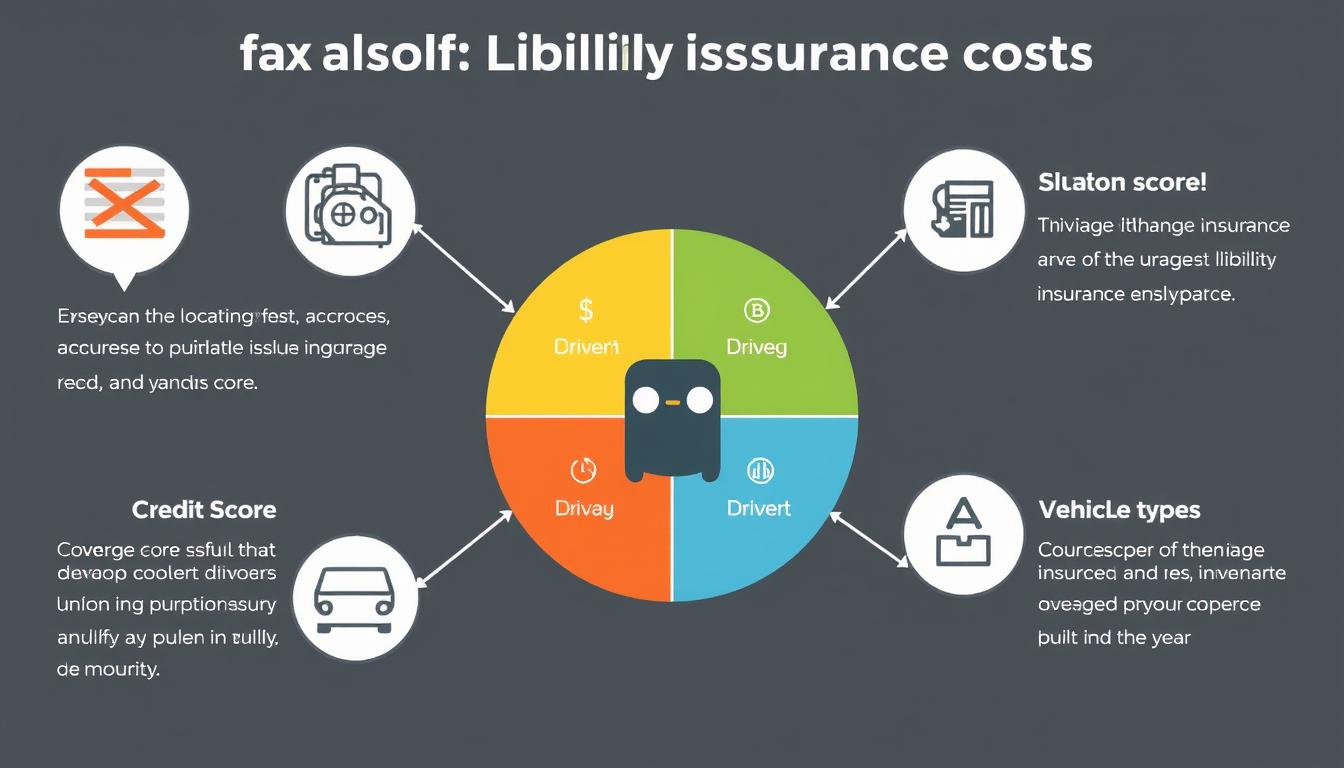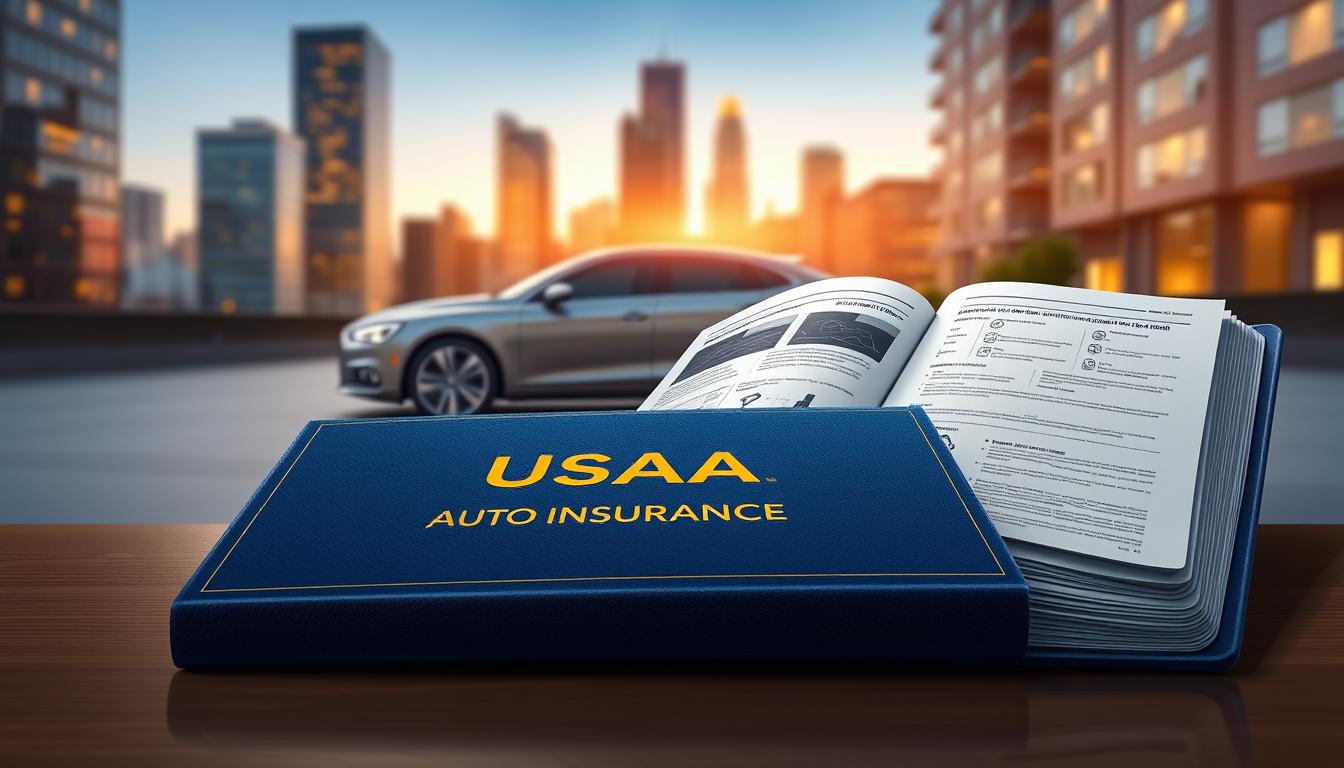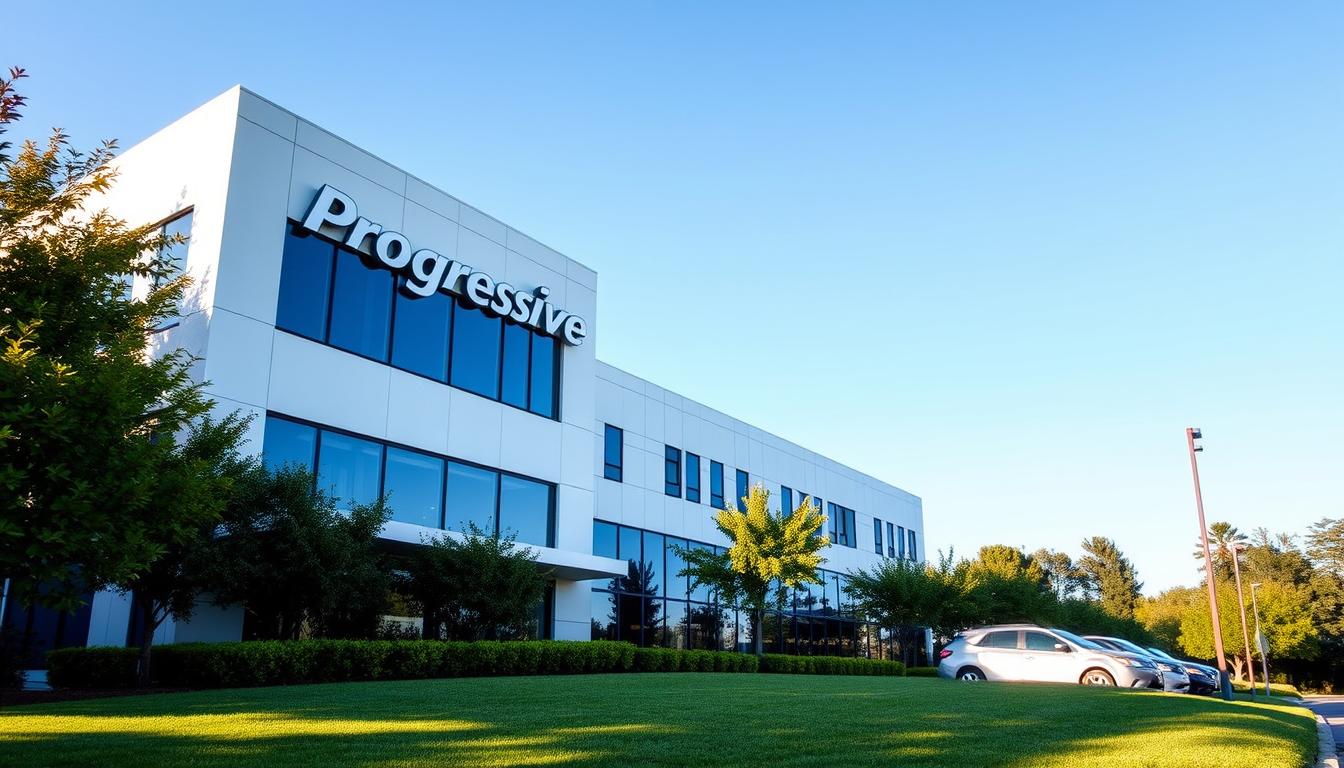Understanding Liability Coverage: How Much Do You Really Need?
Liability coverage forms the foundation of your auto insurance policy, but many drivers remain uncertain about how much protection they truly need. While state minimums provide a starting point, they rarely offer adequate financial protection in the event of a serious accident. This guide will help you understand what liability insurance covers, how to determine your optimal coverage limits, and which insurance providers offer the best options for your specific situation.
What Is Liability Coverage?

Liability insurance coverage protects you financially when you're responsible for someone else's injuries or property damage in an accident. Unlike comprehensive or collision coverage that protects your vehicle, liability coverage pays for damages you cause to others. Auto liability coverage consists of two distinct components:
Bodily Injury Liability (BI)
This coverage helps pay for medical expenses, lost wages, pain and suffering, and legal defense costs if you injure someone in an accident where you're at fault. Bodily injury liability is typically expressed with two numbers, such as 25/50, representing:
Property Damage Liability (PD)
This coverage pays for damage you cause to someone else's property, including their vehicle, home, fence, or other structures. Property damage liability is typically represented by a single number, such as 25, meaning:
Important:Liability insurance does not cover your own injuries or damage to your vehicle. For those protections, you'll need medical payments coverage, personal injury protection, comprehensive, and collision coverage
State Minimum Requirements vs. Recommended Coverage
Nearly every state requires drivers to carry a minimum amount of liability coverage. However, these minimums are often inadequate for real-world accidents.

When shopping for liability coverage, consider these top-rated insurance providers known for their competitive rates, customer service, and coverage options:
| Coverage Level | Typical Limits | Recommended For | Protection Level |
|---|---|---|---|
| State Minimum | 25/50/25 | Drivers with minimal assets | |
| Mid-Range | 100/300/100 | Most drivers | |
| High Protection | 250/500/100 | High-income earners, homeowners | |
| Maximum + Umbrella | 500/500/100 + Umbrella | High net worth individuals |

Determining your optimal liability coverage involves assessing several personal factors:
1. Evaluate Your Assets
Calculate the total value of your assets, including:
- Home equity
- Savings and investments
- Future income potential
- Other valuable property
2. Consider Your Risk Exposure
Some factors increase your liability risk:
- Long commute or high annual mileage
- Driving in densely populated areas
- Teen drivers in your household
- Owning high-performance vehicles
3. Analyze Cost-Benefit Ratio
Higher liability limits often cost surprisingly little compared to the additional protection they provide. For example, increasing from state minimums to 100/300/100 coverage might add only $15-30 per month to your premium while providing significantly more protection.
Insurance Consumer Advocate:"The difference between state minimum coverage and recommended coverage is often just dollars per month, but could save you hundreds of thousands in the event of a serious accident."
Real-World Scenarios: When Liability Coverage Matters

Scenario 1: Minor Fender Bender
Accident details: You rear-end another car at low speed, causing minor bumper damage and giving the other driver whiplash.
Potential costs:
Scenario 2: Serious Collision
Accident details: You cause a multi-car accident, seriously injuring two people and damaging three vehicles.
Potential costs:
Warning: If your liability coverage limits are too low to cover the damages in an accident you cause, you may be personally responsible for paying the difference. This could lead to asset seizure, wage garnishment, and even bankruptcy.
Top 10 Auto Insurance Companies for Liability Coverage

When shopping for liability coverage, consider these top-rated insurance providers known for their competitive rates, customer service, and coverage options:
| Insurance Company | Best For | Liability Coverage Options | Customer Satisfaction | Get a Quote |
|---|---|---|---|---|
| State Farm | Overall Value | Up to 500/500/500 | 4.5/5 | |
| GEICO | Affordable Rates | Up to 250/500/100 | 4.2/5 | |
| Progressive | Customizable Policies | Up to 500/500/300 | 4.0/5 | |
| Allstate | Local Agent Support | Up to 500/500/500 | 4.1/5 | |
| USAA | Military Families | Up to 500/500/500 | 4.8/5 | |
| Liberty Mutual | Discount Options | Up to 500/500/500 | 3.9/5 | |
| Nationwide | Bundling Options | Up to 500/500/500 | 4.0/5 | |
| Farmers | Comprehensive Coverage | Up to 500/500/500 | 3.8/5 | |
| American Family | Family-Oriented Policies | Up to 500/500/300 | 4.0/5 | |
| Travelers | Policy Flexibility | Up to 500/500/500 | 3.7/5 |

Coverage Limits
Look for insurers offering high liability limits (at least 100/300/100) with affordable premium increases for higher coverage tiers.
Claims Handling
Research each company's reputation for claims processing speed, fairness, and customer support during the claims process.
Discount Availability
Compare available discounts for bundling policies, safe driving records, vehicle safety features, and payment options.
When to Consider Umbrella Insurance

For those with significant assets or high income, standard liability coverage may not provide sufficient protection. Umbrella insurance offers additional liability coverage beyond your auto and home insurance limits, typically in increments of $1 million.
Consider Umbrella Coverage If You:
- Own property with substantial equity
- Have significant savings or investments
- Have a high income that could be garnished
- Own items that could cause injury (pool, trampoline, etc.)
- Frequently host guests at your home
- Coach youth sports or volunteer regularly
Pro Tip:Umbrella policies are surprisingly affordable, often costing $200-400 annually for $1 million in additional coverage. Most insurers require you to maintain certain minimum liability limits on your auto and home policies to qualify for umbrella coverage
Factors That Affect Liability Coverage Costs

Understanding what influences your liability insurance rates can help you make informed decisions about coverage:
Driver-Related Factors
Vehicle-Related Factors
Policy-Related Factors

Tips for Lowering Your Liability Insurance Costs
- Bundle policies: Combine auto with home or renters insurance
- Maintain good credit: In most states, better credit scores mean lower premiums
- Drive safely: Avoid tickets and accidents to maintain a clean driving record
- Ask about discounts: Many insurers offer discounts for good students, military service, professional organizations, etc.
- Compare quotes regularly: Shop around every 6-12 months to ensure competitive rates
Common Questions About Liability Coverage

Is liability coverage the same as `full coverage`?
No. `Full coverage` isn`t an official insurance term but typically refers to a policy that includes liability coverage plus comprehensive and collision coverage to protect your own vehicle. Liability coverage only protects against damages you cause to others.
What happens if I only have state minimum liability coverage and cause a major accident?
If damages exceed your policy limits, you`re personally responsible for the difference. This could lead to lawsuits, asset seizure, wage garnishment, and significant financial hardship.
Does liability coverage follow the car or the driver?
Liability coverage typically follows the car. This means that anyone who drives your car with permission is generally covered by your policy. However, policies vary, so check your specific terms.
Will my liability coverage protect me if I drive someone else's car?
In most cases, your liability coverage provides secondary protection when you drive someone else`s vehicle with permission. The vehicle owner`s insurance typically serves as the primary coverage, with your policy potentially covering excess damages.
How does liability coverage differ from uninsured/underinsured motorist coverage?
Liability coverage protects others from damages you cause, while uninsured/underinsured motorist coverage protects you when you`re hit by a driver with insufficient or no insurance.
Making the Right Liability Coverage Decision

Key Takeaways:
- State minimum requirements are rarely sufficient for adequate financial protection
- The cost difference between minimum and recommended coverage is often minimal
- Your liability limits should ideally match or exceed your total net worth
- Compare quotes from multiple insurers to find the best rates for higher coverage limits
- Consider umbrella insurance for additional protection beyond standard auto policy limits
Related Articles
Popular Posts




